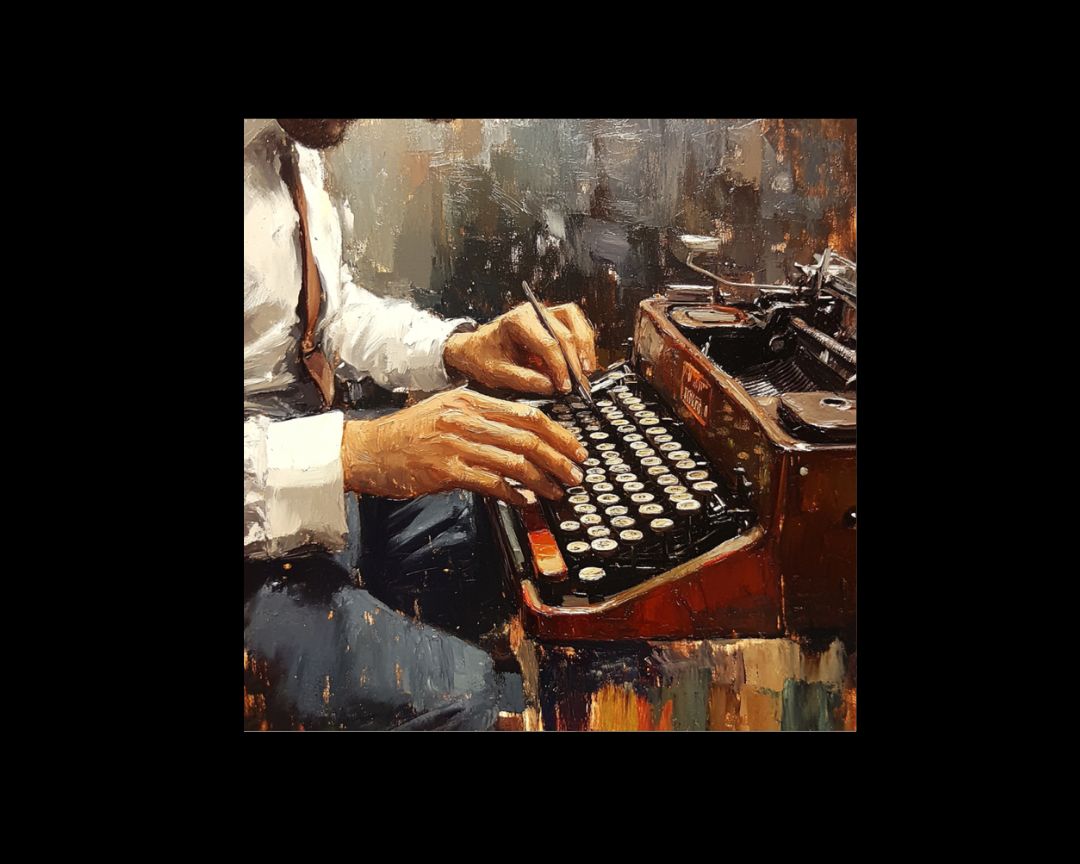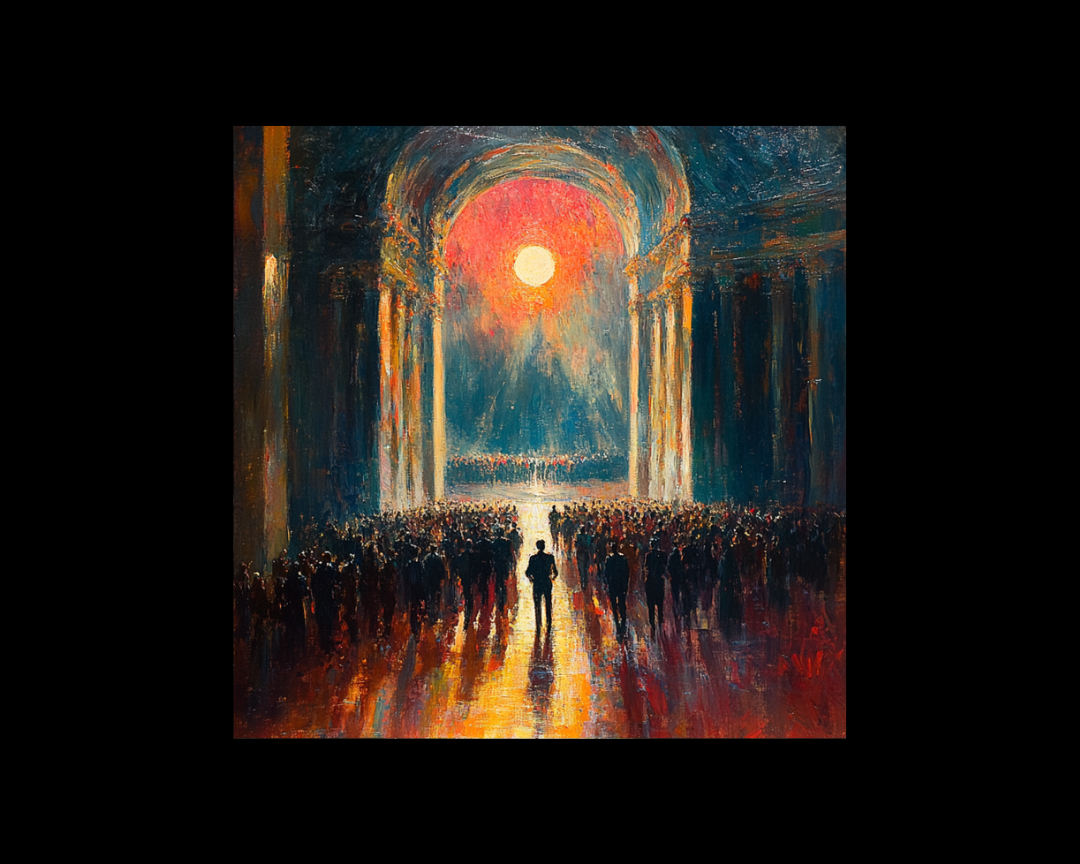The Major Dramatic Question: The Backbone of Your Novel
As a novelist, crafting a compelling story that keeps readers engaged from start to finish is your ultimate goal. One of the most powerful tools at...
2 min read
 Writing Team
:
Jul 3, 2024 12:13:04 PM
Writing Team
:
Jul 3, 2024 12:13:04 PM

If you’re writing a novel, you likely have a solid grasp of your main narrative arc. However, incorporating subplots can be crucial to make your story shine truly. Conversely, you might be overwhelmed with too many subplots and wonder if they’re all necessary. Balancing, identifying, and executing multiple subplots can be a real challenge!
A subplot is a secondary storyline in your novel that runs parallel to the main plot. These secondary storylines often converge with the main plot toward the climax. Subplots might stretch across multiple installments in a series, gradually revealing backstories or building toward a significant future reveal.
Why bother with subplots when focusing on the central plot could simplify things? A well-crafted subplot can:
Subplots are a powerful tool in a writer’s arsenal, often used to fill larger plot holes. Many writing guides, like "Save the Cat!", discuss the A story (main plot) and B and C stories (subplots), emphasizing that subplots should ultimately serve the main plot.
How many subplots should a novel have? The answer varies as many as the story requires. Some narratives might need a few subplots, while others, especially those with multiple volumes or points of view, might require many.
Here are a few common subplots:
Romantic Subplot: Often seen in various genres, a romantic subplot involves a love interest that develops alongside the main plot. Mapping romance plot beats onto your story can enhance character development.
Character-Specific Subplots: These involve secondary characters with their own story arcs that intertwine with the main plot. For instance, in "The Canterbury Tales," the overarching plot serves as a vehicle for individual character stories.
Non-Linear Subplots: Flashbacks and backstory revelations can serve as subplots, providing context and depth to the main narrative. Books like "Six of Crows" use well-timed flashbacks to reveal character backstories.
Stakes-Raising Subplots: Subplots that increase suspense or add a ticking clock element can enhance the plot’s tension. They can also ensure secondary characters maintain a presence and raise the stakes for the protagonist.
Mirror Subplots: These parallel subplots mirror the primary conflict but differ in other ways. They can be useful for antagonist arcs, showing how characters handle similar challenges.
Frame Subplots: Frames at the beginning or end of the story that set up or conclude the main plot can also function as subplots, like in "Interview With the Vampire."
Understanding the types of subplots and how to balance them will help you weave them seamlessly into your narrative, enriching your novel and keeping readers engaged.

As a novelist, crafting a compelling story that keeps readers engaged from start to finish is your ultimate goal. One of the most powerful tools at...

The novella occupies literature's sweet spot—long enough to develop complex themes yet short enough to sustain perfect tension throughout. Ian McEwan...

Story endings can be thrilling, rewarding, and, for many writers, intimidating. A strong ending must provide resolution, deliver emotional impact,...